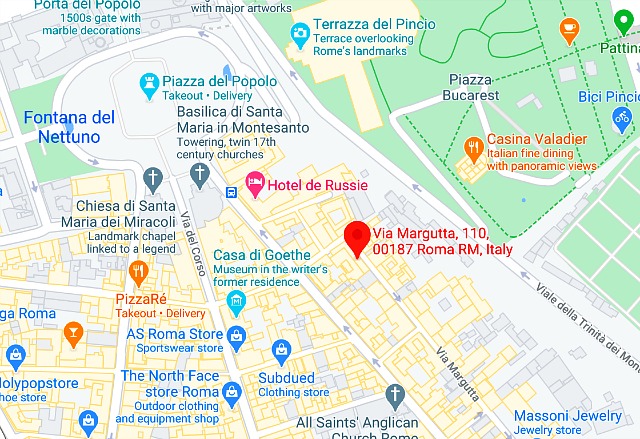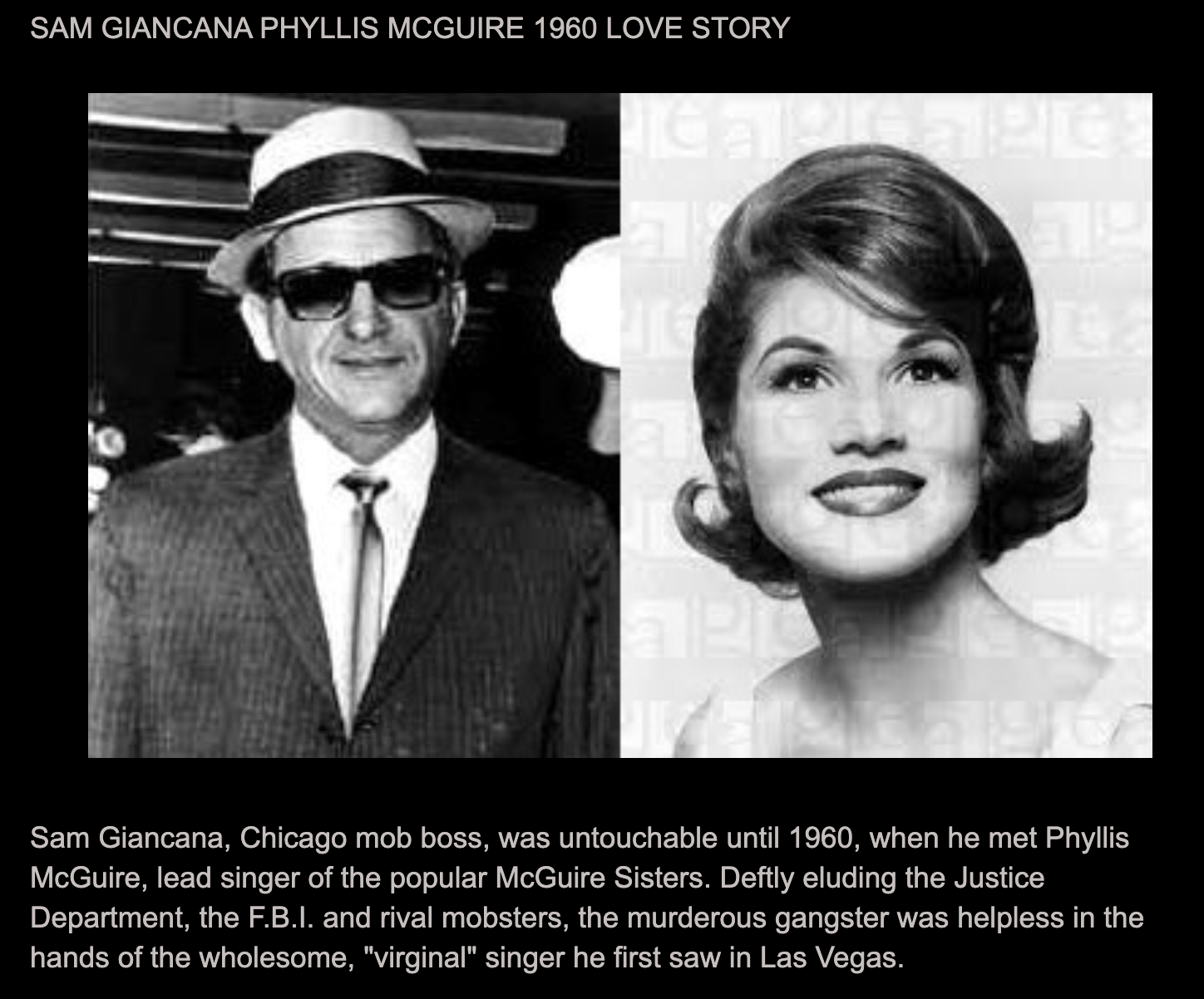

This N.Y. Times front-page image, shot last night in Paris by Getty Images’ Kiran Ridley, is the catchiest New Year’s Eve photo I’ve seen all day. Irresponsible behavior, of course, but the colors (electric blue, glowing amber) are great, and the slightly tilted photo is nicely composed.

Three observations about this clip from Billy Wilder‘s Sunset Boulevard (’50).
One, at the 52-second mark a boom microphone passes over Norma Desmond‘s head. Annoyed and a bit threatened, she gently swats it away. This could have been a minor bit, but Franz Waxman‘s musical cue (quietly shimmering strings) gives it dimension.
Two, it’s the film’s most emotionally touching scene because of the affection that Norma receives from the crew and some extras on the set of Cecil B. DeMille‘s Samson and Delilah (’49), which apparently was actually filming at the same time as Sunset Boulevard.
And three, DeMille puts in a call to Paramount propmaster Gordon Cole, and learns that Cole had been trying to get in touch with Desmond (or Eric von Stroheim‘s Max) in order to rent her Isotta-Fraschini convertible. Yes, Cole was a actual propmaster; he also worked on DeMille’s The Ten Commandments.
I never knew Cole was a real-life studio professional, and until today I never knew he was played in the film by an uncredited Bert Moorhouse. (Or at least, that’s what it says here.)
3:50 pm Pacific: The clock struck midnight in Paris an hour ago, and there wasn’t much hoopla (appropriately) because of the citywide lockdown. The joy is fueled by the departure of 2020…relief and a belief that ’21 might be an improvement. Maybe, probably…let’s hope.

Posted on 12.31.13: “I say this every year, but no New Year’s Eve celebration of any kind will ever match what the kids and I saw in front of the Eiffel Tower when 1999 gave way to 2000. A bit dippy from champagne and standing about two city blocks in front of the Eiffel Tower and watching the greatest fireworks display in history. And then walking all the way back to Montmartre with thousands on the streets after the civil servants shut the Metro down at 1 a.m. No cabs anywhere.
The stupidest people in the world are concentrated in this country…tens of millions….this is a great country in certain respects, in certain areas and of course in most cities, but the hinterland morons are a blight and a scourge…74,222,957 people voted for Trump on 11.3, and there’s just no excuse for that kind of nihilism…the lowest of the low…46.8 % of all the votes cast…not to mention all those millions out there who’ve said they rather not get the vaccine…life is hard any way you slice it, but it’s that much harder if you’re stupid.
These fools are marching in Walmart refusing to wear a damn mask! I have seen it all. It's a damn cult. pic.twitter.com/0YHsQY4vzp
— Alex Cole (@acnewsitics) December 31, 2020
“Donald Trump is going to be under indictment every which way and a target until the end of time….the U.S. Attorney is going to RICO him…basically a racketeering thing…the things he’s done are so egregious…absolute bank fraud…that guy is nothing more than a cheap criminal, and that is going to be a theme going forward.” — Donny Deutsch.
Via Margutta is a narrow street in the center of Rome, southeast of Piazza del Popolo, not far from the Spanish steps. It was once a region for craftsmen, workshops and stables, but after it was featured in a scene from William Wyler‘s Roman Holiday (’53), Via Margutta became an exclusive neighborhood. It now hosts art galleries, restaurants, cafes.
Not so long ago I was visiting the Cannes Film Festival every year, and with that honor and luxury I had the option of visiting Rome (or Prague or Paris or you-name-it) from time to time. That life seems so obscure now, a faded memory, ether of the past. Will I ever stroll down the Via Margutta again? For the first time in 20 years, the answer is “maybe not.”
From “Rome’s Very Short Street With a Long, Magnificent History,” a Smithsonian piece (April 2015) by Jeff MacGregor:
“Via Margutta is a short street with a long history, three blocks going back 2,000 years. An oasis of quiet set between the teeming Piazza di Spagna and the Piazza del Popolo, lined with vining ivy and ocher stucco, cobblestones and window boxes, art galleries and artists’ studios, it is one of the most beautiful streets anywhere. Along the via’s three blocks, Roman street life achieves a languorous charm all its own.

“Roman Holiday is a love letter to love, and to Rome and to Audrey Hepburn and Gregory Peck. It launched America’s postwar tourist business to Italy, and that courtyard apartment is so charming and famous that film buffs from all over the world seek it even today, more than 60 years later. But it’s easy to miss, and when you find it, the door is almost always closed and locked.
“A few years later Federico Fellini personified a variation of that tabloid cynicism in the character Paparazzo in his own film La Dolce Vita, which is the opposite of a love story.
“Fellini lived at Via Margutta, 110. For decades he and his wife, actress Giulietta Masina, were fixtures in that colorful street. The marker is still at their apartment door. And this, more than anything, accounts for my interest in their corner of Rome. I’ve been an avid fan for many years.
“When not recreating the Via Veneto on Stage 5 at Cinecittà, or filming in the park across the Via Tuscolana from the studio, Fellini shot often in his own neighborhood. Once you know the streets around his home, you begin to recognize them in his movies. And in others.
“The maestro often drank his espresso around the corner at Bar Canova on the Piazza del Popolo by the twinned churches of Santa Maria—near the same spot he used in Roma and La Dolce Vita; and at which Woody Allen later filmed the scene where the newlywed wife loses her phone in To Rome With Love.
“Masina and Fellini are gone now, but if you know where to look, and book the right hotel, you can still see the awnings and the shutters and the ornamental fruit trees on what used to be their terrace. Theirs is the best-known house on the street.”
Phyllis McGuire, lead singer of the McGuire sisters, the primly conservative middle-class trio that peaked from the early to late ’50s, has died at age 89.
The culture that loved and celebrated the McGuire sisters (and particularly their tidy, caressing, milk-fed signage) has long since passed into history, so why is her death of anything more than anecdotal interest now? Four words: Chicago mobster Sam Giancana.
In 1960 McGuire and Giancana were introduced in Les Vegas by Frank Sinatra. They quickly fell in love and had a long-running affair that lasted until his murder in ’75.
Their liason was part heart but mostly dough, or so one presumes. Phyllis was Sam’s “mistress”, and he “took care of her” blah blah you know the drill. But it was so weird that a woman who had fronted one of the most antiseptic, family-friendly singing trios in U.S. history, a group that stood for Midwestern wholesomeness and white-picket-fence flowerpot culture in the same region as Doris Day and Debbie Reynolds in their youthful prime…it was so bizarre that Phyllis had decided to lie down with one of the biggest mafia reptiles around, and stayed with him through thick and thin, and never broke confidence when she was subpeona’ed in ’65.
On top of which Phyllis was a Republican. How else to interpret the fact that of the five U.S. Presidents the McGuire sisters performed for, four were righties — Richard Nixon, Gerald Ford, Ronald Reagan and George H. W. Bush?
How do you square the murderous goombah swagger of Sam Giancana (who reputedly had some connection to JFK’s murder), and late 20th Century American conservatism?
Answer: They both offered women security and comfort in exchange for submission and obedience, and Phyllis, like any good mafia wife or gah-gah girlfriend, willingly obliged.
Retro Kimmer tells their saga with a fair amount of color.
You also need to watch Sugartime, a 1995 HBO movie about the McGuire-Giancana affair — took a lot of liberties, indulged in fantasy, conveyed slivers of the truth.
